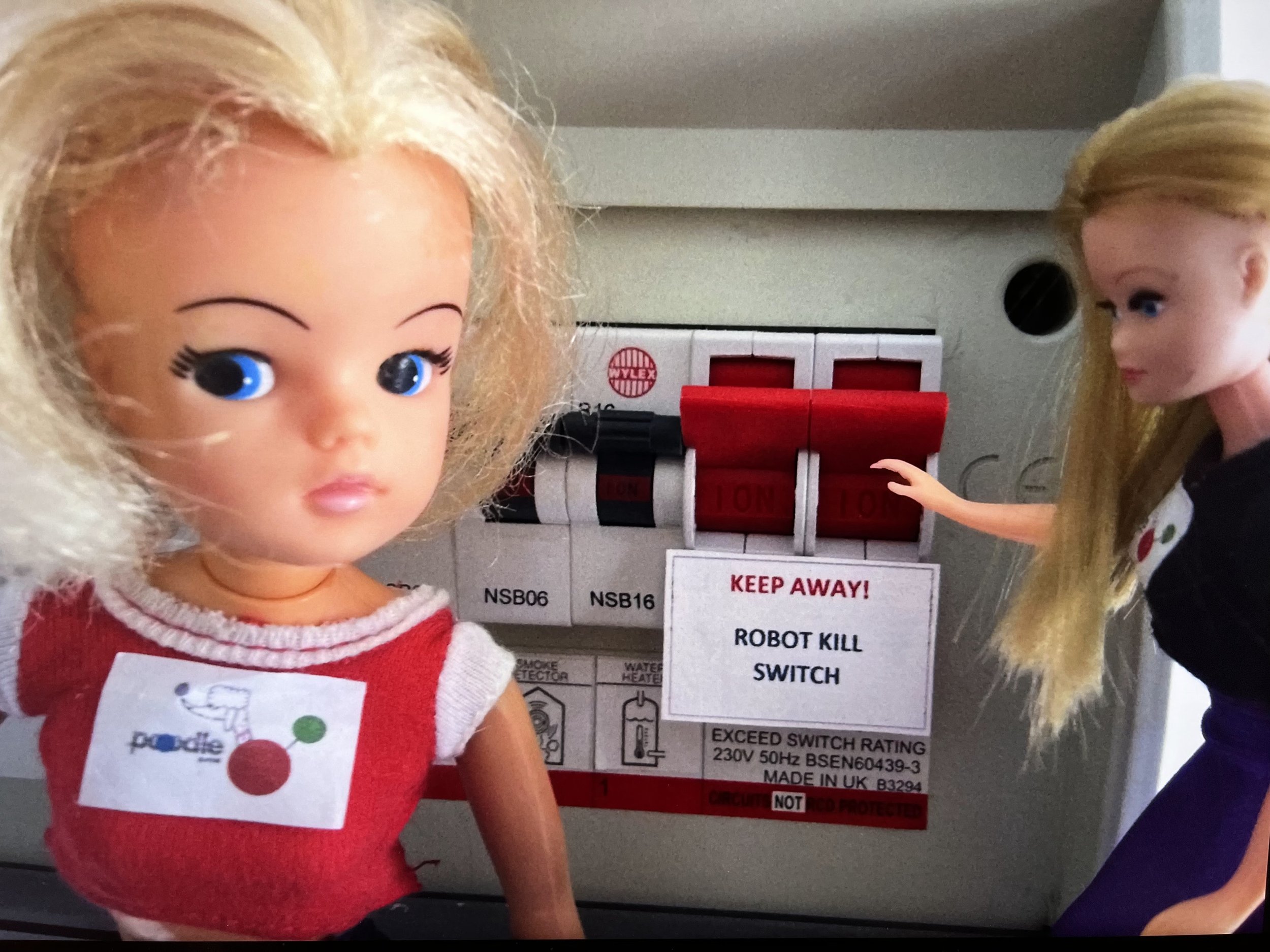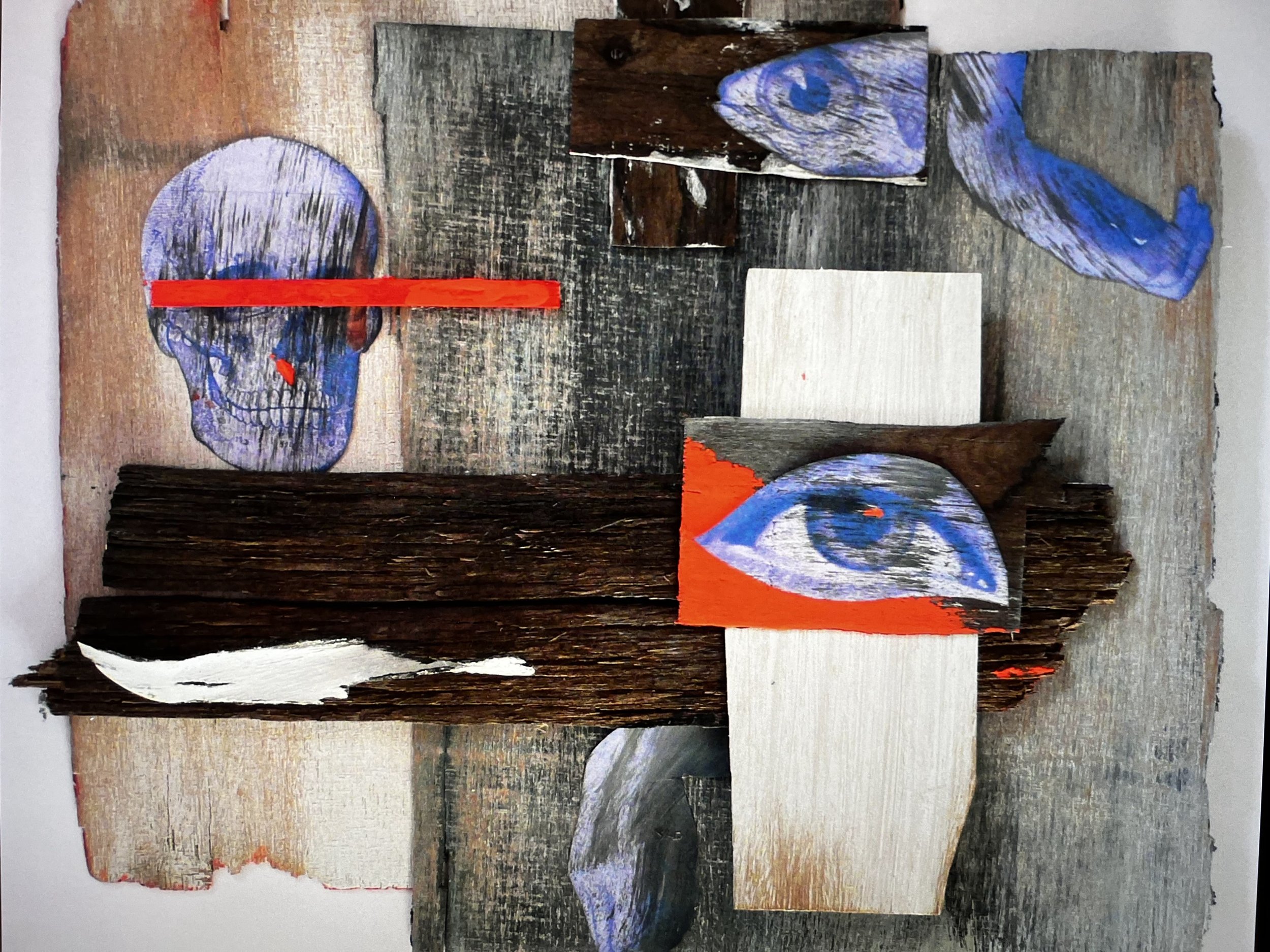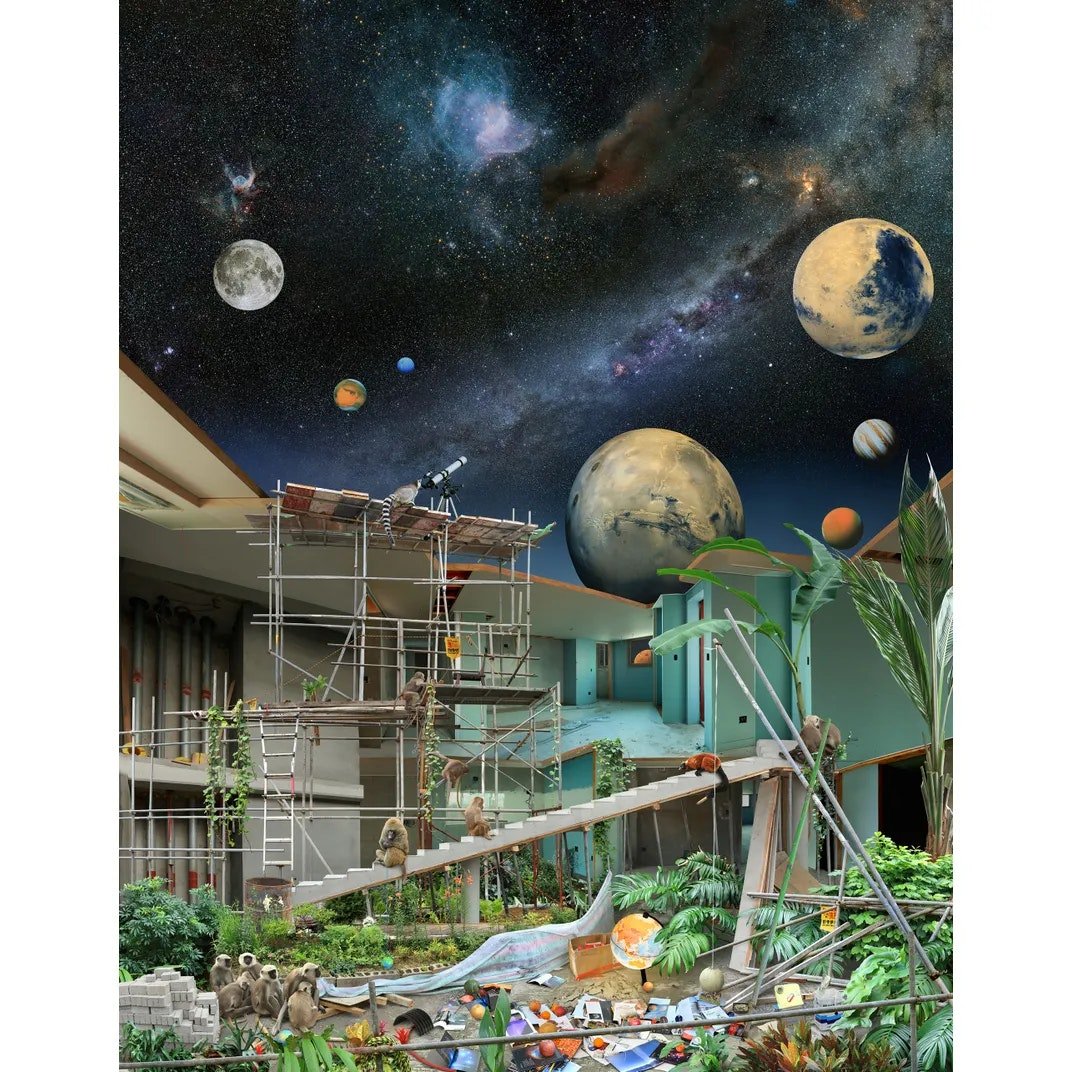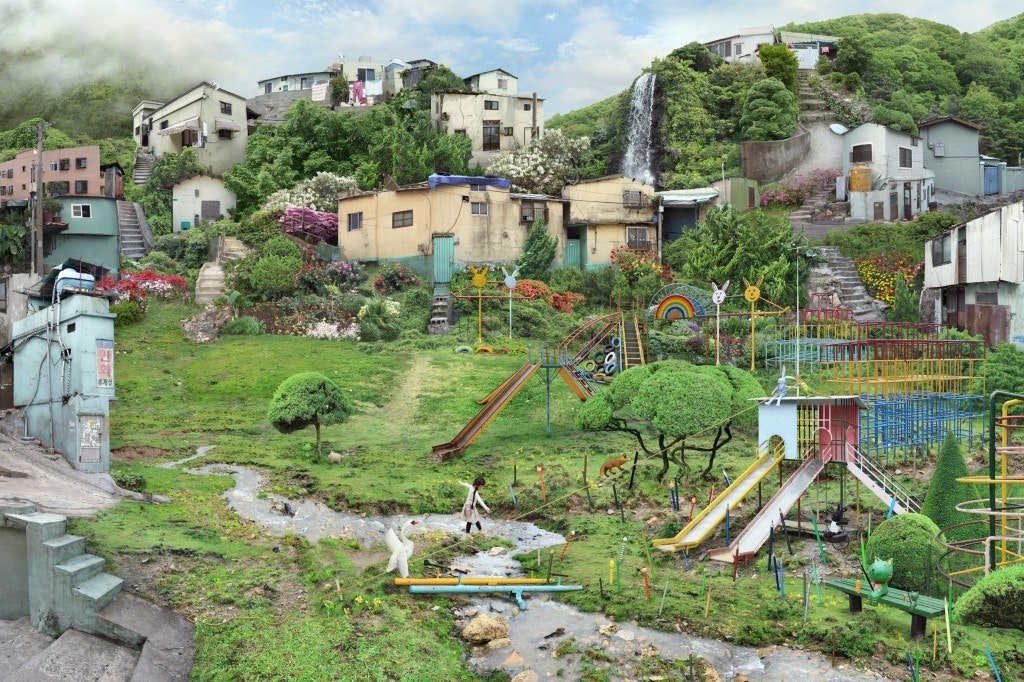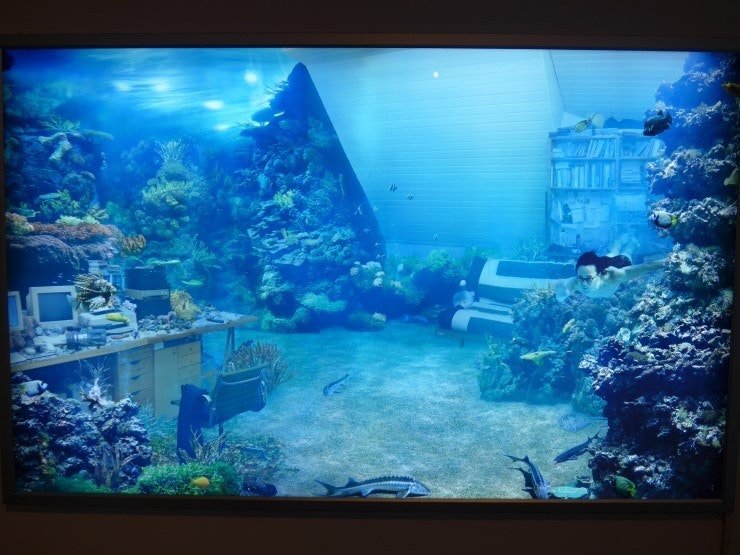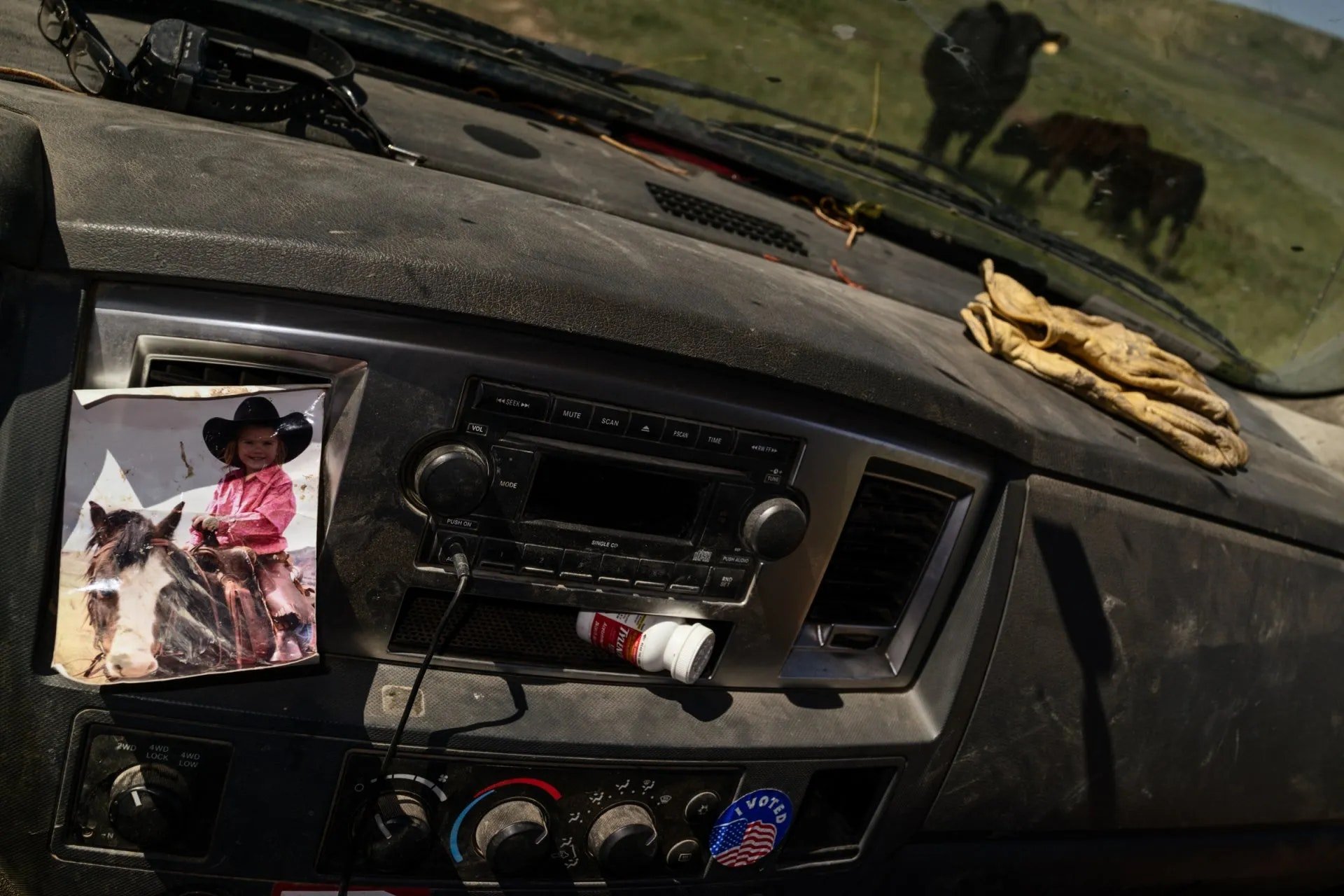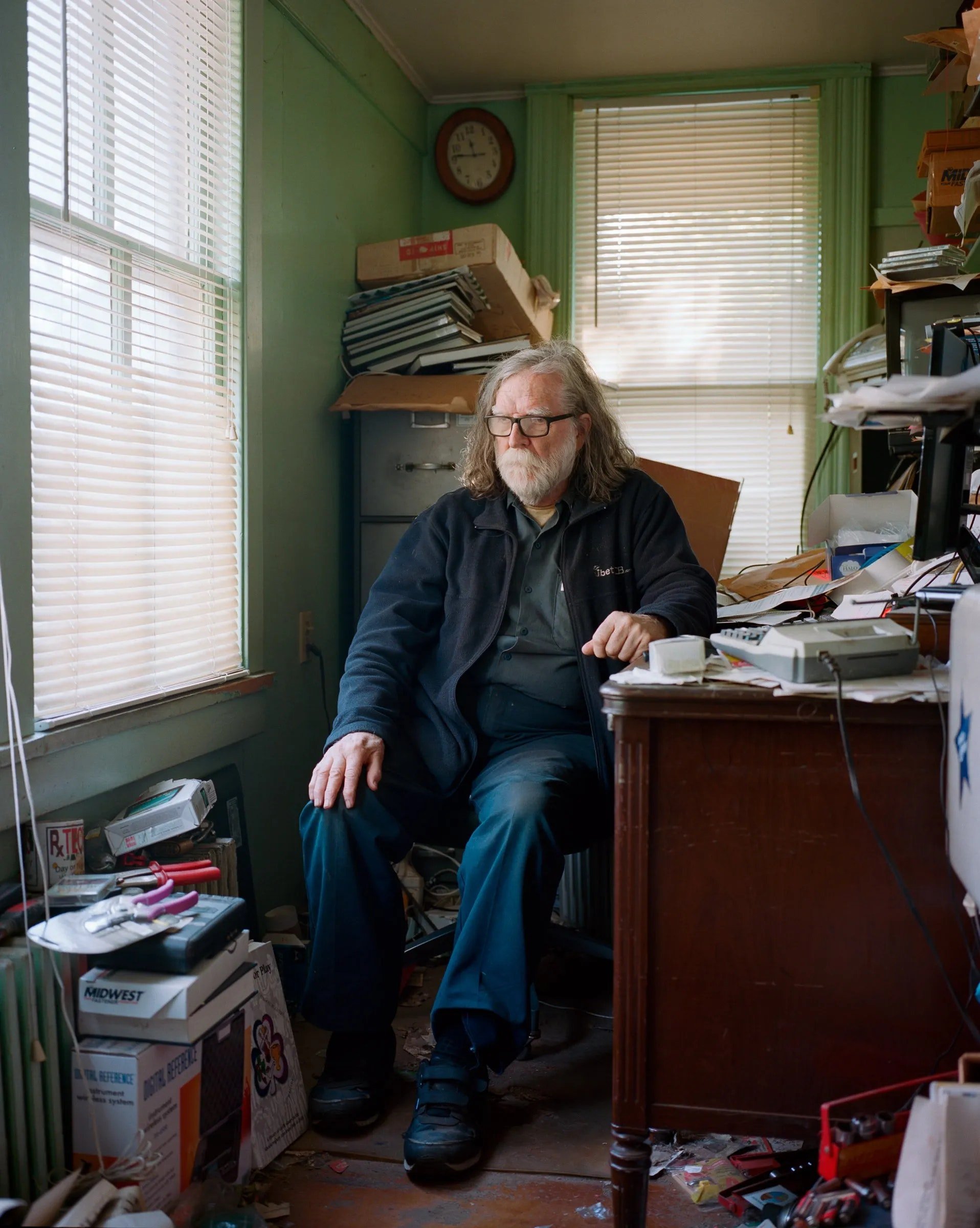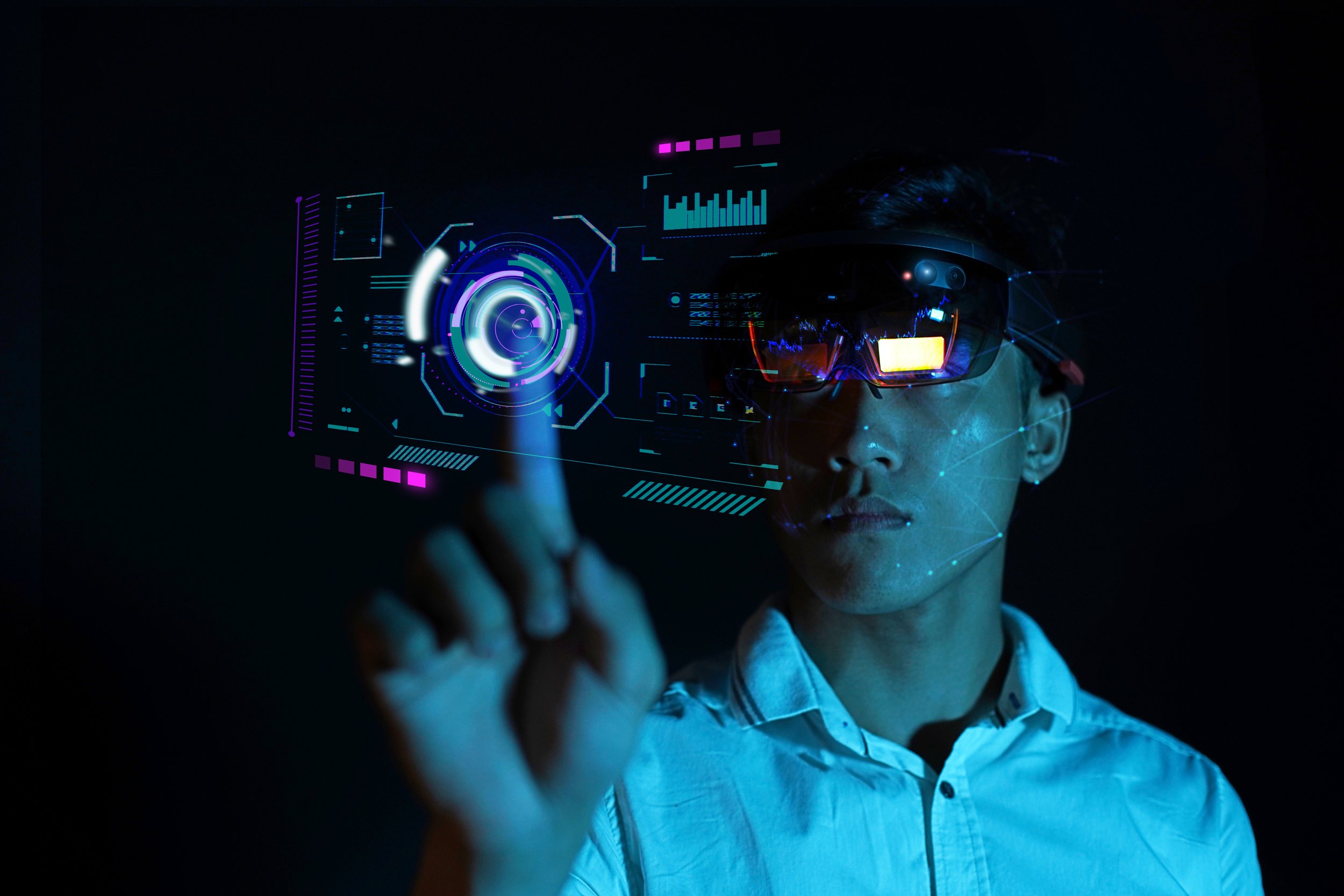Guiding Lines.
It is the time of the year where students graduate from high school and university.
Convocation speakers inspire and illuminate.
Life lessons are shared and imparted.
Here are some lines that have served as guides over the years.
1. Success is being able to spend your time in the way that creates joy.
Success is sought by all but what is being sought?
For some it is making a mark in their field or leaving some enduring work. For others it is seeking financial wealth or creating and nurturing a family. For some it is helping others.
For most people success also means a measure of happiness.
In the end if time is all that one has than success probably has to do with how one uses time.
Ann Dillard wrote that “the way we spend our time is the way we spend our lives”
When one is financially constrained one’s mind and time are colonized by making ends meet.
When one is physically in pain or suffering from ill health it is often hard to be happy.
So, if happiness is the ability to not spend time thinking all the time about ones financial or physical situation it means a certain amount of financial and physical well-being is key to being happy and possibly successful.
Sooner or later once these basics of not having to worry about the next rent check or waking up the next day are overcome the words and emotions that link the happy and successful are those of purpose, meaning, connection, flow, recognition and growth.
And these can change over time and are different for different people.
But it all comes down to having the freedom to allocate one’s time the way one does.
How do you want to spend your time, and can you increasingly get to a place where you spend more of it in ways that give you joy?
2. “Do not price yourself out of your dreams.”
It has been written that it Is “never too late to become what you are” but for many people by following the wrong star home they lose their way or spend most of their lives not being who they are.
The ability to control one’s time is inversely related to how much time one must do things to pay the bills.
Lower expenses lead to more options.
Increasing one’s options by limiting one’s possessions and way of living tends to lead to more success than maximizing one’s possessions which forces one to do work that one does not particularly enjoy or work with people that one does not resonate with in order to make ends meet.
Doing things that you resonate with and gets one into a flow is not only great for being happy today, but it is often a key to becoming an expert, a master and a leader in what one does.
To thrive you flourish by spending time at what you are good at and has you in a state of flow.
3. “Do not live in other people’s minds”.
It has been written that “comparison is the thief of joy” but so is living one’s life to score points in somebody’s else’s scoreboard of what success is.
The rise in mental anguish among teenagers is in part how social media has accentuated the need to look good in somebody else’s eyes.
But it is not just teenagers who live in other people’s minds versus theirs.
Caring what other people think is human and often learning and getting feedback on how one can improve is key to success so not living in other people’s minds does not mean listening to or caring what other people say or think.
It means stopping using their metrics and their rulers of success to rule the way you live one’s life.
It is like giving somebody else a remote control to the direction of your life.
4. “There is nothing good or bad but thinking makes it so”
While one may not agree with Hamlets’ statement that “there is nothing good or bad but thinking makes it so”, our mindsets matter a lot in how we perceive life, how we are perceived and the degree of success we may have in our varied endeavors.
In rapidly changing and chaotic times an agile mindset can be critical to success. While there are many personal trainers to help sculpt our bodies into somewhat supple forms, there is a scarcity in those who can show us how to exercise our minds to be as flexible as they need to be.
Mindsets matter.
Growth mindsets. Learning mindsets. Optimistic mindsets. Realistic mindsets.
Optimism matters.
In the novel “Gravity’s Rainbow” by Thomas Pynchon a character is described as one whose “mood collapsed the room”.
While misery may love company, nobody likes being in the company of miserable people. Optimism is not just an essential component of innovators but a trait that you must have if you wish to inspire folks to follow you. “Woe is me, doomed are us” works for a few drinks in a bar, but at the workplace it saps energy, hurts culture and is just a plain downer. Pessimism is something we all wallow in, but it fails to show the way out.
A way to get optimistic is to forget all the legacy nonsense you may have to grapple with and ask that if you had a fresh sheet of paper, a subset of the talent in your firm and its assets (brands, network, money), what would you do? You likely will find you are looking forward to what you and your company can do. Every day is a new career beginning. Tomorrow is where we will spend the rest of our lives.
5. “Practice Compound Improvement”.
The single most powerful concept in finance is that of compounding.
Compounding interest and compounding returns can over time create wealth or lead one to bankruptcy depending on whether you owe or own capital.
In a world of change we all may want to consider another way compounding can help us grow in changing times and drive mental, emotional, and even financial wealth which is compounding improvement.
There is so much we cannot control in a world driven by global, demographic, social and technological change but instead of being buffeted about helplessly in a sea of chaos maybe we can try to control and build our ourselves to be better.
Three learnings about compound improvement.
a) Discipline equals Freedom: This is the title of a book by Jocko Willink, a Navy Seal. Basically, if we want to get a grip on the world get a grip on ourselves. Things are more up to us than we think if we are willing to work at it.
b) Never graduate from school: The world is changing so fast that many of our skills and expertise and mindsets need continuous upgrading. While many of us set aside time to exercise to maintain our physical operating system we need to also feed and exercise our minds. The power of this habit is that at the end of a year one will have spent 365 hours learning new things by just doing one hour a day. The day we start dying is the day we stop learning.
c) Deliberate Practice: Anders Ericcson wrote a book called “Peak” which is the best study of deliberate practice. Deliberate practice involves three components
1) immediate feedback, 2) clear goals and 3) a focus on technique. According to his research, the lack of deliberate practice explained why so many people reach only basic proficiency at something, whether it be a sport, pastime, or profession, without ever attaining elite status.
The future is uncertain and the role of chance and the help that others give us should never be underestimated in how our days will be.
While the difficulty in life may be the choice it is the choices on how we choose to spend our time, measure ourselves, react to situations and grow that will define our days.
Photography by Rishad Tobaccowala.
Six Keys to Change.
Graphic by interdisciplinary contemporary artist Martha Haversham
Change sucks.
It requires one to step into the unknown.
To twist and turn into a new transformed self, team or firm. To leave the safety of the known path. Lift anchor and sail into a foggy horizon with no guarantee of safe harbor.
Difficult as it is…
Irrelevance is worse.
Individuals, teams and companies that wish to transform must endure change.
Successful change requires six steps:
Strategy.
Acquisition of new skills/M&A.
New organizational design.
Buy-in.
Aligned incentives
Education and training.
Graphic by interdisciplinary contemporary artist Martha Haversham
1. Strategy.
Strategy is “future competitive advantage”.
Specifically, what will people (customers, consumers etc.) want and need in the future?
People’s expectations constantly change and grow and optimizing for today’s needs assumes a steady state when demographic, technological and other changes are re-wiring needs.
What will a competitive set look like in the future?
The biggest opportunities and threats to any company often comes from outside it’s category. The greatest wealth creation and change drivers to the auto industry did not come from VW, GM, Toyota, BMW, Ford, Honda or Mercedes but from outside specifically Tesla which focused on software and electric and Uber who focused on replacing the car.
What advantage will you provide against those future needs and future competitive sets?
Gillette and Schick which thrived by charging increasingly higher prices for constantly improving quality razors sold through retail and advertised on tv and magazines had no advantage versus a Dollar-Shave-Club who sold good quality, low-priced razors through the mail using You-Tube and social media for awareness and sampling.
In addition, many young men were no longer fixated on being clean shaven a trend that the company refused to believe for a while.
Gillette was forced to take an 8 billion dollar write down.
Not moving to tomorrow when you should in order to protect today is always very costly.
Graphic by interdisciplinary contemporary artist Martha Haversham
2. Acquisition of new skills/ M&A.
To meet new needs of people and fend off a different competitive set, companies need to acquire people, channels or technologies from outside.
Too many companies waste huge amounts of money and time trying to cover their nakedness of next generation skills by hauling out some in-house assemblage on which they slap some weird name and then roll out accompanied by a bombastic press release.
Buyers are increasingly sophisticated and servicing existing customers with people who are still learning with their training wheels showing does not engender confidence or signal commitment.
Do it right. Get top notch people and buy firms that bring credibility and skills even if it involves re-allocating capital and resources from today. Funding yesterday at the cost of tomorrow is like starving one’s children so one can fund flowers for an ancestor’s grave.
3. New organizational design.
The future does not fit in the containers of the past.
Most organizations are designed for yesterday or today and not tomorrow.
If strategy changes and new people and companies are hired the biggest mistake that many make is tucking in tomorrow under today or yesterday.
Which defeats the purpose of the acquisition and dilutes all the strategic thinking.
New strategy requires new approaches on how a company is organized.
Principles that drive re-organization should be focused on maximizing customer benefit, ensuring friction-free collaboration that minimize duplication and aligning decision making with the right incentives.
Graphic by interdisciplinary contemporary artist Martha Haversham
4. Buy-in.
Too many firms after the first three steps of strategy, M&A and Re-organization believe their work is done and bring out the balloons and the posters and press releases.
Michael Tyson said, “Everyone has a plan till they get punched in the face”.
Boards and leadership of firms come quickly to the realization that everything is easy until people get in the way.
Telling people that change is good, threatening them with job loss if they do not change or creating communication materials and slogans to goad them into a cult like devotion to the new dear leader or the way forward rarely works in the short run and will likely fail after the threat of flagellation fades.
Because if there is nothing in it for them, people will out-wit, out-wait, out-pretend, and out-maneuver “management”. Until then they will fill the time genuflecting and bowing and going through the monitored motions of attending the right meetings, muttering the motivational mantras and stating the slogans required.
If one wants an organization or team to grow and change, we will need to deliver answers to three questions:
Why are the recommended changes good for them?
How can it help them grow?
How do these changes impact their compensation?
Graphic by interdisciplinary contemporary artist Martha Haversham
5. Aligned Incentives.
Steven Levitt of the University of Chicago in his book “Freakonomics” stated that if you want to know if a company’s strategy will work ask to see their incentive programs.
Over a decade ago magazine and newspaper publishers saw the emerging threat from digital technology and wrote grand strategy documents but few made it to the other side. Not because they were not smart but because they continued to incentivize the selling of pages and the old ways of doing the business. Power, promotions and pounds/dollars were paid to those who controlled today’s client relationships and today’s budgets.
If the fish rots from the top, then change only happens when seismic shifts in compensation and power happen at the top.
Everyone watches this because people will do what they are rewarded to do and not what some change agent or “Vision 20XX” encourages them to do.
It is hard enough to change and totally stupid to go through the pain of change when one gets rewarded to stay the same!
Graphic by interdisciplinary contemporary artist Martha Haversham
6. Education and training.
T.S. Eliot wrote “between the idea and the reality falls the shadow”.
In companies this shadow between where they are and where they want to be is known as lack of skills or know-how.
If you want people to behave differently, think differently, work differently in addition to communicating why it is good for them and incentivizing them to do so, companies must also provide ways for them to learn and grow the new skills and capabilities that will be needed.
Whether it be rotating into new groups, secondments or other strategies they must all be accompanied by some combination of self-serve, guided and enabled training.
The single biggest ROI in most companies in time will be the ability to upgrade the mental and emotional operating skills of their talent.
Upgrading skills is more cost effective, humane and culturally positive than laying off people and bringing in new teams and will be increasingly key as we enter the Third Connected Age of Blockchain, AI, AR/VR, and 5G.
It is imperative that companies have a significant commitment to learning and development agendas with senior management committed to it and members of the talent leadership being included in the highest echelons of power.
No company can grow unless its people grow.
And the day one stops learning one stops growing.
Looking Back. Looking Ahead.
Spliced imagery by Won Seoung Won
This past week in an interview by Kenneth Hein, the U.S. Editor of “The Drum” was asked to look back at what the keys to a successful career might be and then look ahead to what may come.
It was a short interview, but feedback indicates it resonated.
Have edited it down to the parts others may find useful while adding some summary points. Th entire piece can be found here.
Spliced imagery by Won Seoung Won
Looking back. Advice to the next generation on careers.
The first piece of advice is that successful careers are built on a combination of luck, mentorship and aligning with the right trend.
And yes, hard work is important, but everybody works hard.
For mentorship the key is to find the best bosses or best people you can find to guide you.
In the case of aligning with the trend, try to understand something that will grow over the next 10-15 years.
And about luck, the way to maximize luck is say yes to as many opportunities as you can, even if they seem a stretch.
The second piece of advice is to never stop learning.
The day you stop being a student is the beginning of the end of your career.
It doesn’t matter how senior you are or how powerful you are. The world is changing so much that even at this stage I spend an hour-and-a-half a day learning. Invest in continuous learning and education, because otherwise you will find yourself growing increasingly irrelevant.
The third piece of advice is that eventually when you become truly successful, your success will be built on a very benign form of a Ponzi scheme.
You will be successful because the people around you are successful. And you will basically be given some sort of credit for the people around you. Therefore, make sure that you really, really invest in the people around you because that is investing in yourself in everything, from training to relationships to looking after them and helping them along with their careers. You can’t succeed, especially as you get more responsibility, unless you do that.The last thing is never taken yourself too seriously.
Be humble.
Laugh at yourself and when people say you’re full of shit, you probably are.
Spliced imagery by Won Seoung Won
Looking ahead. The state of things to come.
An intense optimism about where we are relative to the state of two things.
The state of technology is one. Broadly, we’re at the cusp of one of the most radical and positive changes in technology. And it isn’t necessarily just digital technology – it’s everything from biotechnology to all the rest.
The second one is that I believe that all of us are good people, more than the newspapers claim we are. Especially if you look at the younger generations. They have the right set of values. Take those combined with the next generation of technologies and I believe we’re going to have a step change.
Two broad predictions.
One is that the next 10 years will be good for people all over the world. Not for every single person, but the world will be better off in the next 10 years than it is today because of a combination of artificial intelligence, biotechnology and the next generation of the internet – which is everything from blockchain to AR to VR to 5G.
Second is that we will look back at the way we used to be working in 2019 and in 2029 wonder how anybody worked that way. We’re about to see the most radical rethinking of work, workers and workspaces ever. And this is going to unleash more options for more people and enable many powerful ways to combine the benefits of in-person interaction and the flexibility and cost benefits of distributed work.
In sum, 1) find mentors, 2) raise your hand/take risks, 3) align with trends, 4) keep learning, 5) invest in people, 6) remember to not take oneself too seriously and 7) have a positive/optimistic attitude.
These fundamentals tend to work in every industry, every country and across all levels.
For a deeper look at career management check out Career Tools!
For more on what lies ahead see 10 predictions for the next decade.
On Understanding.
Photography by Richard Beaven
How does one understand other people?
How does one understand the world?
How does one understand oneself?
Photography by Richard Beaven
Understanding people.
How do you take a measure of a person? Is it possible to understand a person?
Here are some lines from literature that say it is difficult and may be impossible
“You get them wrong before you meet them, while you’re anticipating meeting them; you get them wrong while you’re with them; and then you go home to tell somebody else about the meeting and you get them all wrong again.
The fact remains that getting people right is not what living is all about anyway. It’s getting them wrong that is living, getting them wrong and wrong and wrong and then, on careful reconsideration, getting them wrong again. That’s how we know we’re alive: we’re wrong. Maybe the best thing would be to forget being right or wrong about people and just go along for the ride. But if you can do that — well, lucky you.”
From American Pastoral by Philip Roth
And let us say we get a person right which person of the many identities and moods of that person did we just get right?
“We cannot live with only one identity. We all have many identities, they are liquid”
Olga Tokarczuk. Polish Author and Nobel Prize Winner for Literature.
And as many writers state it is sometimes hard enough to know our selves.
“Sometimes you don’t know who you are till you put on a mask”
Alexander Chee in the Short Story “Girl” written in 2015
And do any of us want to be profiled and boxed and put into clusters? None of us wants to hear that somebody has our “number”. The poet TS Eliot best verbalizes this in a stanza from one of my favorite poems “The Love Song of Alfred J Prufrock”
And I have known the eyes already, known them all— The eyes that fix you in a formulated phrase,
And when I am formulated, sprawling on a pin,
When I am pinned and wriggling on the wall,
Then how should I begin to spit out all the butt-ends of my days and ways?
And how should I presume?
TS Eliot, “The Love Song of Alfred J Prufrock”
We do not want other people to impose their stories on our lives.
Photography by Richard Beaven
Understanding others.
Emotional Intelligence can help in understand our selves and others. It can bring meaning to an age of math and reduce the “algos” which in Latin means “pain” in the algorithmically tuned streams that colonize our minds.
In the book “Untangled: Guiding Teenage Girls through Seven transitions into Adulthood” is one of the best definitions of Emotional Intelligence I have come across:
“Seeing yourself from the outside and seeing others from the inside”
Empathy is another term we often use.
The deepest empathy maybe to understand that we can never completely really understand another person.
Photography by Richard Beaven
Understanding the world.
“We don’t see things as they are. We see them as we are” - Anonymous
In many ways what makes us “us”, in addition to our genetics and experiences, is what we put into our minds which include the books, movies, tv shows, music, social media streams, magazines and much more that we ingest as well as the people we meet and places we visit.
Today, the people we meet and the places we visit are very constrained and our portals to the world increasingly are screen based whether they be television, phone, tablet computer or Amazon Echo, Google Home and the ironically named Facebook Portal.
What are your portals to the world? And how do you make sure that you find ways to control them rather than have engagement and attention maximizing algorithms control them?
This is important because of the value we add and the way we make sense of the world incorporate three steps. 1) Curation. 2) Cogitation. 3) Communication.
Curation requires us to ingest a lot of information and then distill them down to parts we want to use and think about. We then cogitate and connect the dots and build a story, a thesis, and a point of view. We then find the best ways to communicate them.
But if the curation was not wide enough, deep enough, or mindful enough all the cogitating and communicating may have us following and promoting the wrong point of view.
Photography by Richard Beaven
Understanding through diversity.
To understand deeply one must explore widely:
a) Diversity of media types: The best thinking, ideas and expressions of people tend to span a spectrum of media types. Some people are comfortable expressing and sharing in long form writing like books or essays while others use music, film, or some other communication form. Spend time with the written word, film, interactive media, music and more. Today with the Internet there is no excuse not to look and learn far and wide.
b) Diversity of points of view: Incestuous inputs leads to still-born thinking. Unless one exposes oneself to different points of view one could end up being very surprised by the outside world. Look outside of our comfort zone, category, industry, or political and economic biases.
c) Diversity across time: History matters. Some folks like Ray Dalio of Bridgewater and many great investors and businesspeople are aware of and learn from patterns over time. The past is never the past but beats like a second heart inside each of us and within the DNA of any expertise, industry, or art form.
d) Diversity of people: Different people both provide support and push back on one’s perspectives and thinking and the cross-fertilization of ideas benefits from having different people interact. Companies and cultures that have melded the talents of different types have tended to do better than those that have not.
Photography by Richard Beaven
Understanding oneself.
A person in a different mood is sometimes more different than two different people.
Does a person stay the same or change over time?
Some of the best writing is about internal journeys of understanding and change over time.
Here from a variety of writers are some perspectives on understanding oneself:
“It’s not that we want to find who we are but exploring as to what we can be”
“But is the self we are always looking for or trying to escape”
“We are often trying on other lives… after all this is America where you can swap out the parts of yourselves that do not work”
“She was not what she had been”
Every person is an act of creation.
Re-inventing, re-imagining, and practicing a daily resurrection.
Maybe that is all one needs to understand.
Photography by Richard Beaven (a long time colleague and now a world class photographer among other things)
Photography by Richard Beaven
Omnipresence! Omniverse!
Art rendered using Unreal Engine 5.
Omnipresence: The fact of being present or having an effect everywhere at the same time. (Cambridge Dictionary)
In The First Connected Age that began in 1993 with the World Wide Web we connected to discover and connected to transact which we now call Search and E-Commerce.
In 2007 building on what had gone before we entered The Second Connected Age where we connected to everybody, and we connected all the time which we now call Social and Mobile.
As the mobile device has become the key portal even these terms of E-commerce, Search, Mobile and Social have dissolved into goo. If you buy a product while watching a video on Tik-Tok that played after a search for a product or person is that mobile or social or search or e-commerce?
It’s all of them mixed up into a goo.
The era of Digital Leakage.
As we move forward in The Third Connected Age powered by data connecting to data (AI), much faster and persistent connections (5G), new ways of connecting (Voice/AR/VR) and new trust connections (Blockchain) we will enter an era of Omnipresence.
We will not just grapple with cross-media and omni-channel but need to figure and how to live, market and engage in a world of Omnipresence.
And Omniverses.
Art rendered using Unreal Engine 5.
Omnipresence and Communication Technology.
Starting from the printing press, communication technology has allowed individuals and ideas to be scaled across distance and time.
First there were newspaper and books that allowed people to project ideas primarily with words.
Photography allowed us to project image and photographs in magazines to scale those projections.
Radio and the phonograph allowed the projection of not just words but also sound.
Movies and television enabled a projection of a replica of life first in black and white and then color and then in high definition.
Search enabled us to find what we were looking for and e-commerce projected stores and bazaars into our home and let us be stores and bazaars of our own.
Social and mobile allowed us to project ourselves in all sorts of ways to everybody we wanted to at little to no cost. We could add filters and aliases and become many people and project many looks and feels.
The state of the art of all these technologies consolidated in the Gaming Industry which is bigger than the television, music, and movie industries and where individuals spend over 100 billion dollars a year to arm, dress and equip their characters and alter egos in increasingly realistic worlds.
There is a reason the 3D computer graphics game engine developed first in 1998 from Epic is called “The Unreal Engine”. We are now in the fifth version of Unreal Engine and to see its power watch this short medley of 20 renditions by AMATEURS using HOME PC’s
Impressed?
We have not seen anything yet as we take a quantum leap ahead in the next 1000 days (yes less than 3 years) driven by the technologies of The Third Connected Age.
We will be able create “multiple” versions of ourselves or edit and change elements, characters and scenes in audio and video.
Here are some “humans” and another character created with Unreal Engine.
Art rendered using Unreal Engine 5.
We will take shape and conjure up ourselves as many avatars with many voices.
We can live in the physical world, overlay data and filters into the physical world with AR or create a simulacrum of increasingly realistic worlds using Virtual Reality.
All of us who want to do so will be able to do so.
Easily and cost-effectively.
We will become omnipresent.
And will integrate a spectrum of physical, digital and virtual ways of living to create customized omniverses.
Art rendered using Unreal Engine 5.
Omnipresence and Humans.
Many of you might be skeptical that even if the technology progress so rapidly will anybody but a small minority of people leverage these technologies to become omnipresent.
A guess is most of us will for three reasons.
First, Humans want to have God-Like power.
The companies that enable us to cross distance and time such as Google which allows us to find anything with Search or visit places with Google Earth, or Apple that allows us to connect everywhere projecting our images and videos or Meta that enables us to connect for free or Amazon that brings the worlds bazaars to us have become the most valuable companies in the world.
At one time it was the railroad companies and oil companies and telephone companies that allowed us bridge distance and time. Pharmaceutical and medical companies allow us to live longer lives.
These new Third Connected Age technologies will give us amazing powers and we will gravitate towards them just as we have in the past.
Second, they allow of us have multiple identities.
Our minds are imagination machines, and it has far outstripped the physical carrier of our bodies. Avatars and virtual worlds allow us to be a range of us and constantly re-invent and try on new lives and live in multiple worlds.
Third, we are about to see the greatest unleashing of human creativity as more and more people have access to new ways to express themselves, to project and share themselves and to monetize their work.
Today DALL. · E 2 (named after Salvador Dali and Pixar’s Wall-E) a new AI system that can create realistic images and art from a description in natural language. Yes type in words and art and images is rendered. Watch this for what is possible:
The future of the Internet will be increasingly owned by creators and people who consume their creation (Web 3), with new operating systems that span the physical and digital worlds (AR/VR =Metaverse), orchestrated using new trust currencies (tokens) and operated in increasingly new collaborative approaches (Decentralized Autonomous Organizations) all turbocharged with AI.
This future is being developed by millions of talented people with hundreds of billions of dollars of investment from VC’s, Private Equity, and juggernauts like Google (big on Voice and AR), Meta (VR), Apple and Microsoft (Voice, AR, and VR) and so do not be distracted by the up and down prices of cryptos or NFT’s.
In 2001 the Nasdaq crashed but broadband penetration began to take quantum jumps.
The rest is history.
It’s that time again.
Art rendered using Unreal Engine 5.
Omnipresence and Marketing.
Marketers have had to grapple with digital leakage blurring the boundaries between the ways they were organized.
In 2022 why are some companies still organized by above or below the line, analog or digital, social, mobile, e-commerce or search?
Digital is hydrochloric acid that burns through the barriers of the containers of the past and omni-channel behavior versus different channels is how advanced marketers are organized reflecting the polygamous shopping and return behavior and expectations of people.
As more and more people search with Voice (in India more voice searches than text searches) and modern devices become so small that voice will be the only interface every smart marketer needs to ensure that they can provide services and expand their brand presence to the world of voice.
And as gaming and meta-verses (AR/VR) become increasingly powerful and utilized by more and more people, companies need to ensure their Brands, their sponsorships (Music acts have really begun to scale in the metaverse), Out of Home, customer service and other marketing investments need to factor in omnipresence.
There is a very good possibility that wallets that hold tokens today will become the new forms of identity and log-in replacing email and Facebook and Apple log-ins.
NFT’s and other tokens (defi, governance etc.) will not just be about art but their underlying capabilities of currency, membership, status and governance will be the building the blocks of the next generation of Customer Relationship Management (think of airline miles 2.0).
It maybe early today but analog organizations take a lot of time to adapt to the pace of digital technology which is leaping ahead so getting started early to adapt, learn, and prepare makes sense. Every person in a company particularly senior decision makers need to be familiar to both understand the challenges but also begin to understand the possibilities so they can time their investments correctly. (In the near term do not to imagine that any of this will have business impact or not be filled with mistakes).
This is the time to measure ROL not ROI.
Return on Learning and not Return on Investment.
Learn, make mistakes, build partnerships, identify opportunities today versus three years from now.
Companies that moved early with aggressive senior management attention came to benefit greatly in The First and The Second Connected Ages.
Art rendered using Unreal Engine 5.
Omnipresence and Society.
Mobile, Social, Search and E-Commerce have the changed the contours of society in ways good and bad but the positives have been greater than the negatives.
Without a doubt from a breakdown in trust, increased polarization, inequality and challenges to mental health particularly of younger people have been significant and need to be addressed but few people would give up the magical powers of the last two decades of advances.
In anticipation of the potential downsides which will be surely many it will be important that industry, government and society in general anticipate, monitor and find ways to minimize the risks while retaining the benefits.
Omnipresence and Work.
Work, workplaces, and workers are likely to change significantly in the next five to ten years.
Covid-19 underlined that while some in-person interaction can help relationships, learning and meaning of work the days of four or five days in an office are likely to be limited to dentists and hardware engineers.
The momentum of melding in-person and distributed work will allow companies to attract and retain world class and diverse talent while managing their costs and it will allow talent to pursue multiple opportunities and optimizing a mix of work and non-work life to shifting needs and conditions.
Regardless of their occasional limitations distributed work today is enabled by mobile and computing technology and software like Teams, Zoom, and Slack.
Augmented Reality will enable workers to be more productive and powerful and Virtual Reality in time (again see the progress in Unreal Engine over the years) will create new workplaces and interaction opportunities.
Today Facebook with Horizon Work (Oculus Quest 2) headsets is taking the first steps in the area and a range of companies including Accenture which uses the term Extended Reality to describe the blend of physical and virtual reality are beginning to on-board new employee in part using the new technologies (Nth Floor).
But while these may get the news it’s nothing compared to the range of what is possible for business, graphics, design and manufacturing. Go to Nvidia’s Omniverse and click on the solution tab to see the range of what business is doing today!
Omnipresence is here and will grow enabled by breakthrough technologies, alignment with human needs and desires, the creative genius of millions and an increase in business and workplace solutions.
It’s time to be present for Omnipresence and be awake to the possibilities of the Omniverse!










